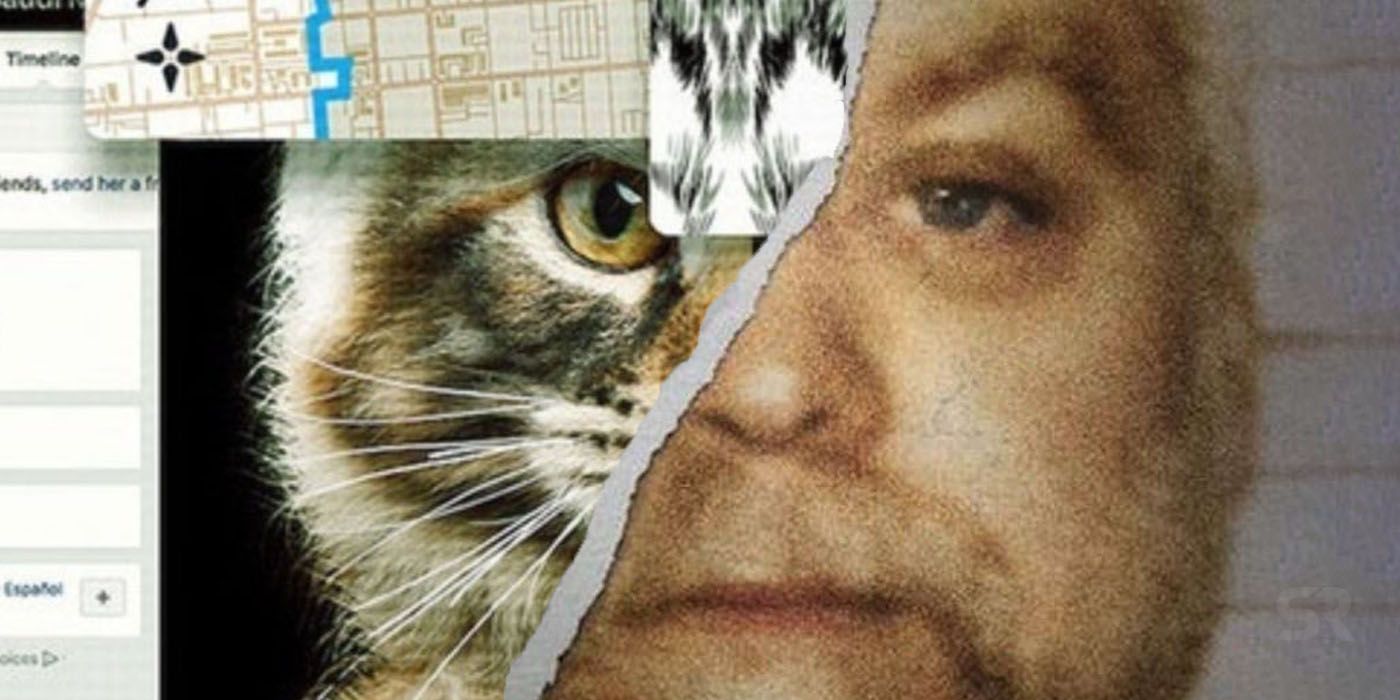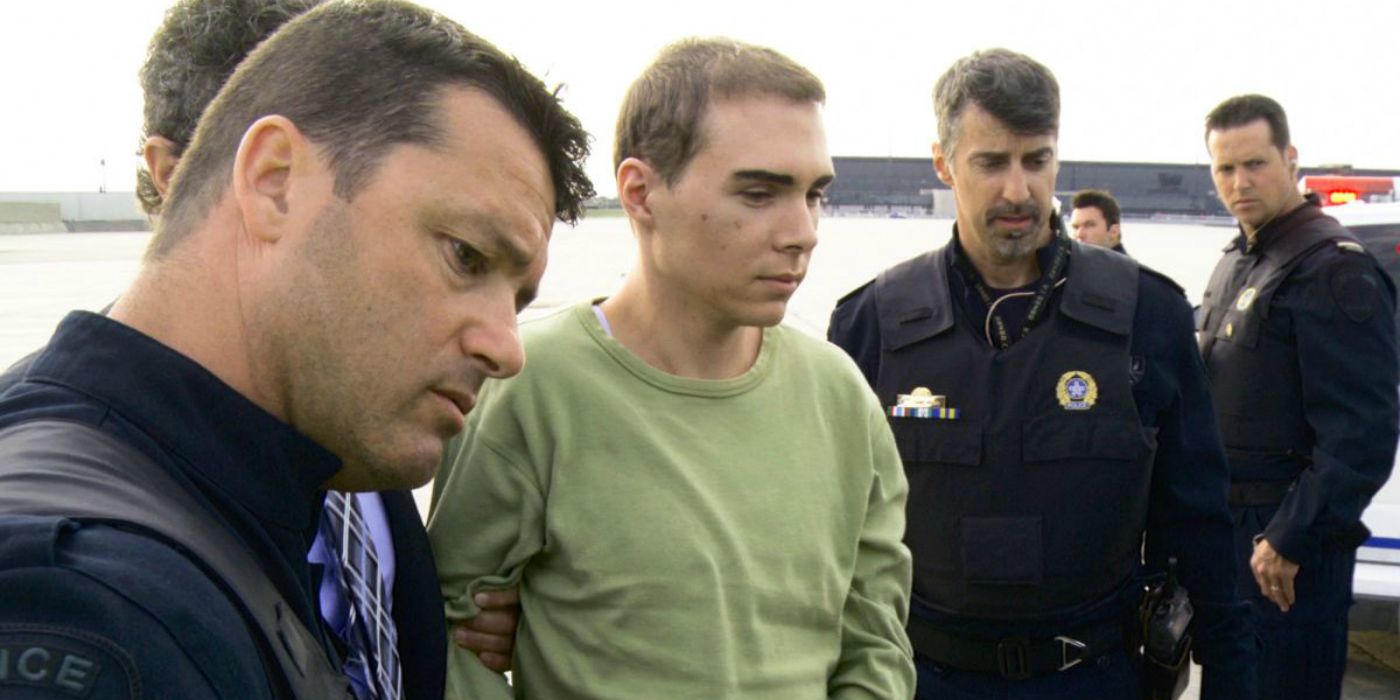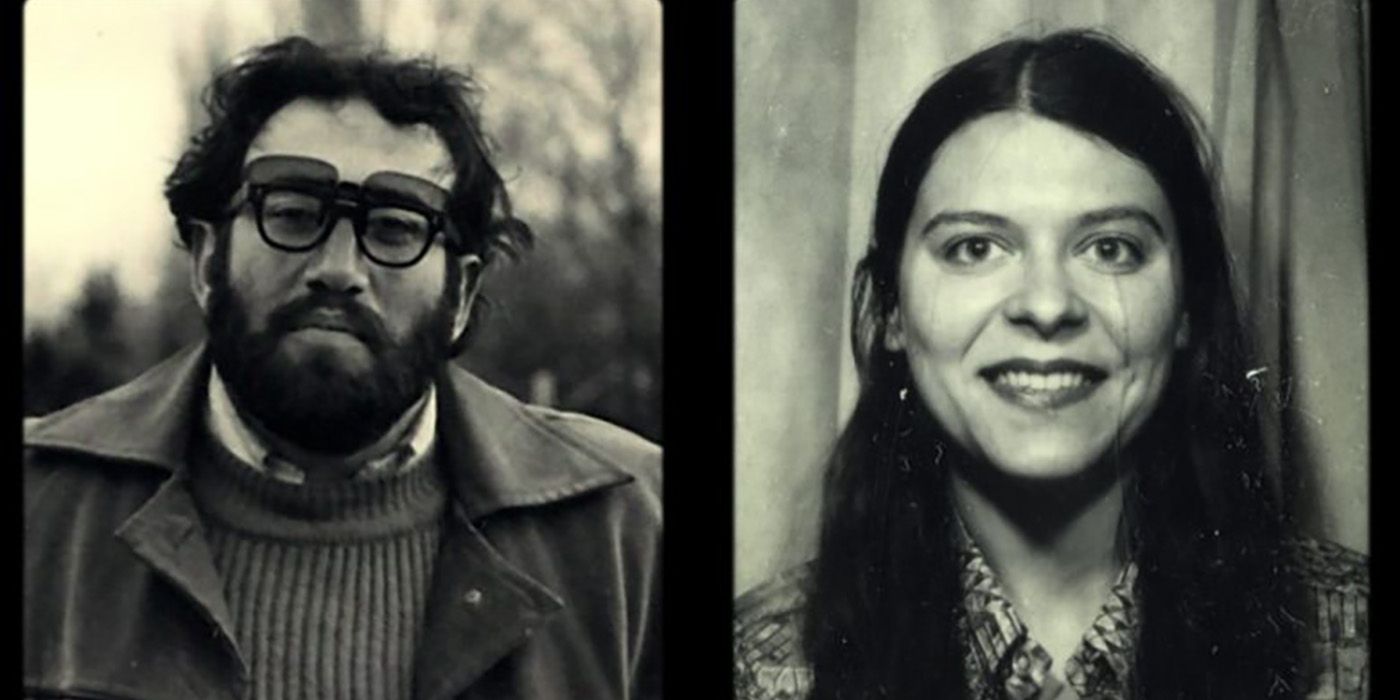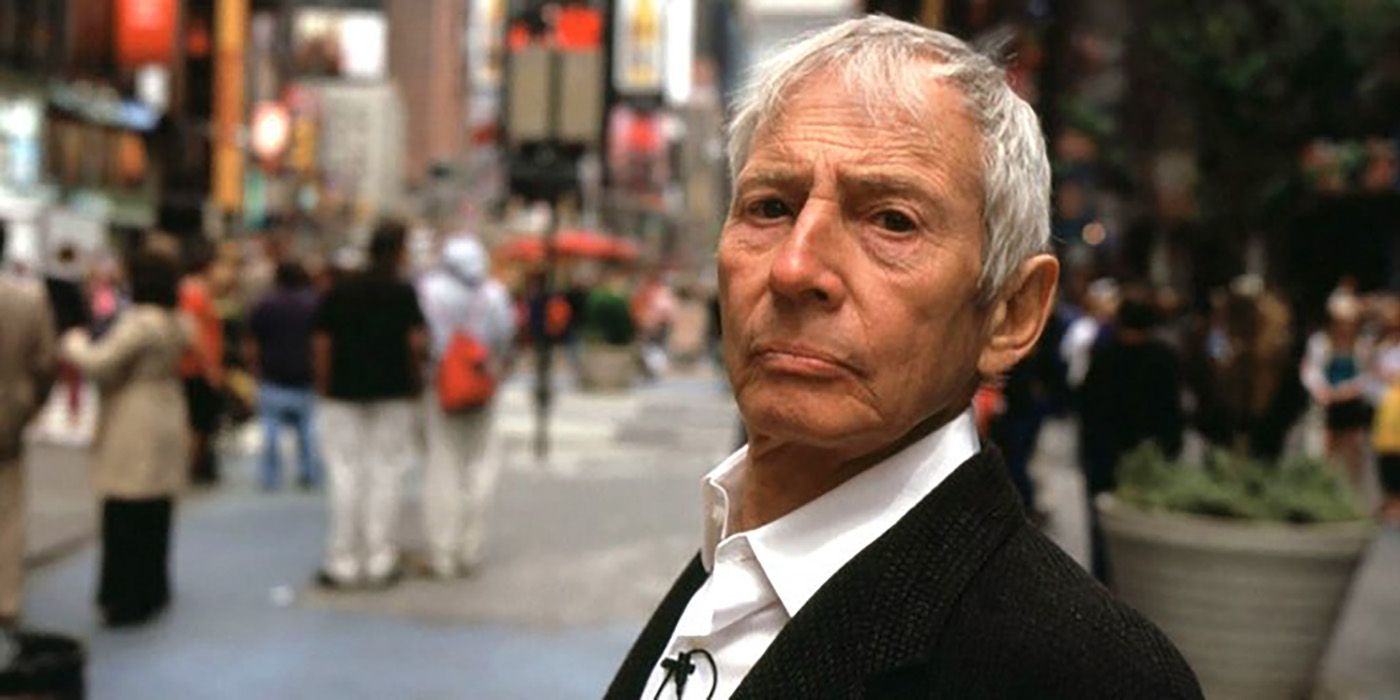With Netflix’s Don’t F**k With Cats facing heavy criticism amid accusations it goes too far, is it time to reconsider the true-crime documentary as a whole? The history of what we know today as true crime is one that extends centuries into the past. As literacy increased among the working classes of Britain and printing became cheaper and more widespread, pamphlets and short books published for sale on the streets detailed murders and various crimes of the day.
Such literature was commonplace and well-read enough in the late 1800s that contemporary documentation of the Jack the Ripper murders remains available to read to this day. In 1827, the essayist Thomas De Quincey published "On Murder Considered as one of the Fine Arts", one of the first pieces of literature to critique and satirize how society depicted and consumed true crime. For as long as it has existed, true crime has been critiqued.
True crime literature remains a favorite with the public, from In Cold Blood to The Stranger Beside Me to I'll Be Gone in the Dark, but its popularity has grown exponentially thanks to the powers of film, television, and podcasting. The past decade has been abundant in true crime thanks to NPR's Serial, HBO's The Jinx and Netflix's Making a Murderer, to name but three examples. True crime has always existed, but now it's legitimate in a way it seldom was before. Furthermore, it's cool. And therein lies the problem.
Why Don’t F**k With Cats Felt Like a Step Too Far
In many ways, Netflix’s Don’t F**k With Cats is far more indicative of true crime’s history than the current crop of prestigious titles that have made the genre critically adored. It’s a knowingly lurid series that teeters along the edge of bad taste and is far more interested in the criminal than the victims. The three-part series digs into the story of Luka Magnotta, a Canadian murderer who first piqued the interest of the internet and a variety of amateur detectives after posting videos of himself online torturing and killing kittens. The documentary has faced heavy criticism for its approach to a subject that is still very raw for many people. As well as its questionable handling of a story that is fresh in many minds, including that of the victim’s family, Don’t F**k With Cats has come under fire for using extensive amounts of Magnotta’s own video footage documenting his acts of torture and murder.
Don’t F**k With Cats is, sadly, hardly unique in this regard. It’s not the first true crime documentary to glory over images of violence and death. It’s not even the first Netflix true-crime series to show footage that left audiences shocked. 2018's series Evil Genius: The True Story of America's Most Diabolical Bank Heist told the story of the murder of Brian Wells, a man forced to commit bank robbery before being killed by a collar bomb that had been locked around his throat. The series shows a brief but impossible-to-forget clip of Wells’ death as the bomb detonates.
What made Don’t F**k With Cats feel so misguided was its attempt to course-correct from exploitation to ethical grandstanding. It gave into the most lurid and questionable aspects of the true crime genre, and then tried to chastise its audience for being interested in such things. Whatever point the documentary wanted to make by asking the viewer to consider how complicit they may have been in elevating Luka Magnotta to celebrity status fell seriously short when coupled with how giddy the film-makers seemed to be with showing footage of his crimes, and massaging his reputation as a criminal mastermind. By trying to prove how much better it was than all those other exploitative true crime documentaries, Don’t F**k With Cats merely further exposed its many problems and reinforced the issues of the genre as a whole.
How Far is Too Far with True Crime?
It’s tough to gauge if there is such a thing as true crime “going too far” when the entire genre is built on the necessity of crossing those lines of decency. Those Victorian-era chapbooks covering the Jack the Ripper case included graphic illustrations of his victims. Most of the well-read true crime paperbacks of the 2oth century featured all-color photographs of death and decay to gawk over. That doesn’t even get into the news coverage of such events, be it the burning of David Koresh’s Waco compound or the tracking shots of hundreds of dead bodies at Jonestown. Of course it’s sleazy: That’s sort of the point!
However, just because this sort of voyeurism is embedded into the foundations of the genre, that doesn’t mean criticism of it is invalid or that there aren’t any lines that should be left uncrossed. This is truer than ever in the modern age, when so much of this material is readily accessible online and spreads further and faster than ever before. The videos Magnotta released, for example, are still readily available online. Think of any major violent crime of the past century, and the chances are you can find video or images from it in only a few minutes. Along with greater access to such content, audiences are more aware than ever of how emotionally triggering such things can be not only to viewers but to those who were directly involved with the cases, such as the victims’ families.
Engaging with true crime has always presented ethical and moral quandaries for the viewer, but now that the genre is “prestigious” thanks to documentaries on Netflix and HBO, there’s a sheen of worthiness to such stories that weren’t there before. True crime used to be the bastion of the tasteless, with cheap paperback books detailing heinous crimes and all-night cable network marathons of Forensic Files. It’s not that the self-awareness of such trashiness excused true crime but at the very least it didn’t try to dress up a thing that we all knew was problematic as something respected. True crime is now shot like Peak TV - all glossy cinematography and stylistic flair. Podcasts like Serial and Dirty John create a sense of intimacy with the listener, as if the hosts are your friends and they're inviting you into this wild story. When discussing the "ethical dilemma" of highbrow true crime, author Alice Bolin noted in Vulture that she often preferred the knowingly tasteless series over the acclaimed material that has come to dominate the genre:
"I’m not saying I’m proud of it, but in its obvious failures, I enjoy this brand of true crime more straightforwardly than its voyeuristic, documentary counterpart, which, in its dignified guise, has maybe only perfected a method of making us feel less gross about consuming real people’s pain for fun."
Bolin gets at something that remains impossible to ignore about the highbrow take on true crime that Netflix has made its documentary bread and butter: You can make true crime as classy and prestigious as you want, but at the end of the day, that doesn’t make it any less exploitative than the stuff you see on Dateline.
Who Are These True Crime Documentaries For?
Oft-overlooked in discussions of true crime is how the genre remains much more popular with women than with men. As discussed on podcasts like My Favorite Murder, true crime is a helpful conduit for women to explore ideas of vulnerability and the difficulties of living in a world where one's gender puts you under constant threat by society. It can be a way to process one's own anxieties about misogyny and violence, issues that are often tough to discuss with friends and family. This lens presents some major issues and puts a limiting scope on the conversation of crime and violence as a whole. These stories, by and large, focus on, as noted by Rachel Monroe, "attractive middle-class white women who’ve gone missing versus stories about the people who are much more likely to suffer violence in our society." The people most likely to suffer from violence and murder are black men, women of color, queer and trans people, and sex workers. They are, glaringly, seldom central to true crime narratives.
True crime may wrap itself in the cloak of editorial integrity but the onus is still on them from networks and producers to create compelling narratives that will keep audiences hooked. This is a medium of entertainment before it is one of journalism. Many of these documentaries try to advocate for their subject, such as Making a Murderer siding with Stephen Avery, but it still had to turn a ten-episode series into something compelling and twist-laden enough to encourage viewers to click on the next part. There are serious issues to overcome when trying to mix advocacy with the compulsion to create the next great binge-watch. One major way this causes these real stories to suffer is that the focus falls more on individuals than wider systemic issues. It’s easier to craft a gripping narrative around one person and their story rather than the decades of criminal, societal, and cultural context that created the system they were part of. It’s one of the reasons you see way more documentaries about, say, the one man unjustly imprisoned rather than the corruption of the justice system and for-profit industrial prison complex that hurts countless nameless people who are mostly black men.
Another major way this has impacted the genre is in how even the most prestige-driven documentaries are willing to cross those lines of ethical stickiness, hence series like Don’t F**k With Cats showing images of kittens taped to broom handles before being drowned in a bathtub or Evil Genius showing the exact moment a man died. Audiences may not be wholly desensitized to such images but stuff like this will ensure that their proliferation in pop culture becomes more commonplace than ever, regardless of their ultimate necessity in the narrative (and personally, I would argue that you don’t need to see images of people or animals dying to know that such acts are bad.)
Ultimately, true crime exists as it does because there is an insatiable audience demand for it. True crime is no longer a shameful hobby to keep hidden from family and friends. It’s cool and prestigious and absolutely everywhere. As long as viewers and listeners keep tuning in, the new formula of highbrow true crime will continue and storytellers will rely ever more on those tropes that make the genre’s ethical problems seem lesser thanks to the varnish of legitimacy. True crime has always “gone too far” but it’s never felt more worthy than it has now, and therein lies the problem.




